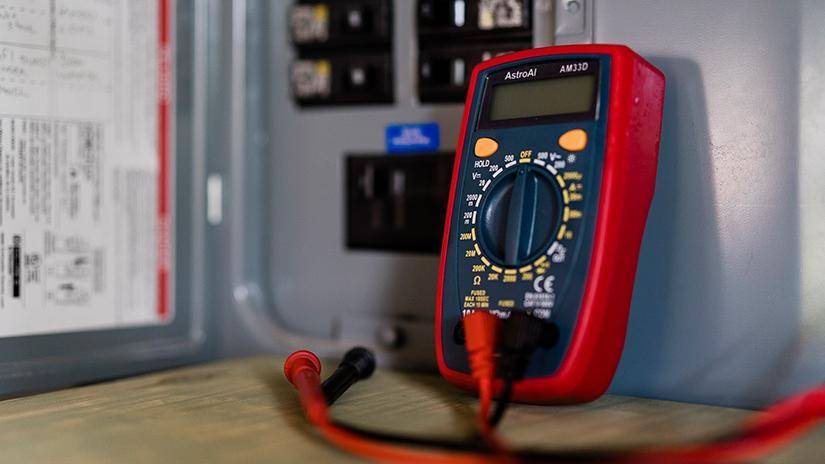Electrical Earthing Calculation
Electrical earthing calculation plays a vital role in ensuring the safety and effectiveness of electrical systems. It involves determining the appropriate size and material for earthing electrodes based on factors such as soil resistivity, fault current, and equipment rating. By providing a low-resistance path for fault currents to dissipate into the ground, electrical earthing protects against electric shock and equipment damage. Accurate calculation is essential to maintain electrical safety standards and comply with regulations. Online tools and resources are available to assist engineers and professionals in performing precise electrical earthing calculations.
When calculating electrical earthing, several steps need to be followed. These include conducting a site assessment, measuring soil resistivity, estimating fault current and duration, selecting suitable earthing electrode materials, and determining the required electrode size. Additionally, regular maintenance and testing of the earthing system are necessary to ensure its ongoing effectiveness. By adhering to best practices and involving qualified professionals, the electrical earthing system can be accurately calculated and maintained, thereby promoting electrical safety in various applications and environments.


